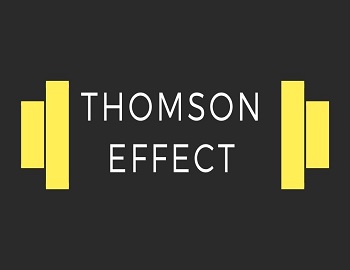Decimal and Binary Number System:
(1) Decimal Number System: This is the frequently used number system in our daily life. It uses ten numerals 0, 1, 2, 3, 4, 5, 6, 7, 8, and 9. The base or the radix of the decimal system is 10. A number in the decimal system is expressed in terms of the position or place values.
For example, the number 10523 is represented as-
| 10523 = 1 x 104 + 0 x 103 + 5 x 102 + 2 x 101 + 3 x 100. |
The digit (3) has the position value 100 and is the least significant digit (LSD).
The digit (1) has a place value of 104 and is the most significant digit (MSD).
Similarly, the number 2564.397 can be expressed as-
| 2564.397 = 2 x 103 + 5 x 102 + 6 x 101 + 4 x 100 + 3 x 10-1 + 9 x 10-2 + 7 x 10-3. |
That is the powers to the base 10 are numbered to the left of the decimal point starting with 0 and to the right of the decimal point starting with -1.
(2) Binary Number System: In a binary system of representations the base (or radix) is 2. It uses only two numerals 0 and 1. In a digital system, there are only two possible states or conditions. For example, a situation may be True or False, a switch close or open, a voltage signal High or Low, etc. These states or conditions are designated as 1 and 0 respectively. The binary digits 0 and 1 are termed bits. Like the decimal system, the binary system also has a place or position value representation.
For example, the number 15 of the decimal system is written in the binary system as 1111, since,
| 1111 = 1 x 23 + 1 x 22 + 1 x 21 + 1 x 20 = 15 |
This can also be written as 11112 = 1510, the subscript indicating the number system. In binary 1111, the bit 1 at the extreme left is the MSB (most significant bit) and the bit 1 at the extreme right is the LSB (least significant bit).
Similarly, the binary 1011.011 is written in the decimal system as 11.375, since-
| 1011.011 = 1 x 23 + 0 x 22 + 1 x 21 + 1 x 20 + 0 x 2-1 + 1 x 2-2 + 1 x 2-3 ⇒ 1011.011 = 8 + 0 + 2 + 1 + 0 + 1/4 + 1/8 = 11.375 or 1011.0112 = 11.37510 |
Thus, the place values of the bits in a binary number are given by ascending powers of 2 to the left of the binary point starting from 0 and to the right of the binary point in the descending powers of 2 starting from -1.









Comments (No)